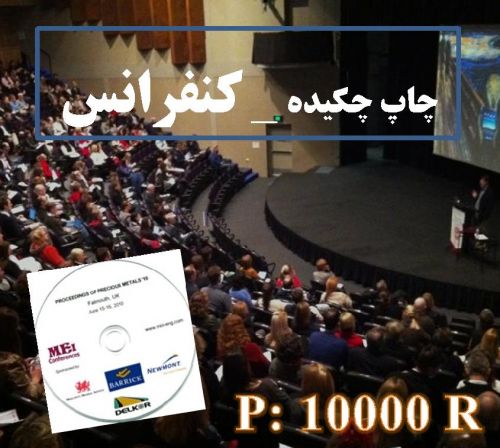Introduction and Objectives: The species of the genus Malassezia are lipophilic and dimorphism yeast that are regarded as part of normal flora of the skin of the humans and warm-blooded animals. These organisms are the causes of pityriasis versicolor and seborrheic dermatitis. All species are identified by morphologic and biochemical features. But these phenotypic methods are time consuming and lacked sufficient distinction. Thus, using molecular techniques, identification of the species is done faster and more correct than phenotypic methods. The purpose of this study was to separate and determine the frequency of Malassezia species using of the well-adjusted CHROMagar culture medium and using of the Nested-PCR in the city of Ahvaz. Materials and Methods: DNA extractions were done on the nine cultivated dimorphism yeast of Malassezia well-adjusted CHROMagar culture medium and then PCR by using primers18SF1 (forward) and 58SR (reverse) were done on the nine separated Malassezia DNA and (ITS1rDNA) was enhanced for all of the different parts of the isolated in the range between 280-400 base-pairs. Results: Out of 30 cultivated-samples in the well-adjusted CHROMagar culture medium, 29 cases were positive cultured and 1 case was negative cultured. Out of 9 dandruff cases of pityriasis versicolor, 8 cases were bonded and 1 case was unbounded. From 9 recognized cases, 2 cases were Malassezia globosa and M. restricta. Conclusion: The most common species isolated from dandruff were M. globosa and M. restricta. Malassezia species had better and faster cultivation in the well adjusted CHROMagar culture medium in comparison with Dixon agar culture medium and Liming-Notman agar culture medium. It is recommended that the well adjusted CHROMagar culture-medium to be used for identification in most laboratories.
کلید واژگان :CHROMagar, PCR, ITS1rDNA, Malassezia, Pityriasis versicolor
ارزش ریالی : 100000 ریال
با پرداخت الکترونیک
جزئیات مقاله
- کد شناسه : 7145968539422798
- سال انتشار : 2011
- نوع مقاله : چکیده مقاله پذیرفته شده در کنفرانس ها(فایل کامل مقاله بارگزاری گردد)
- زبان : انگلیسی
- محل پذیرش : 2nd Iranian congress on medical mycology
- برگزار کنندگان : Ahvaz Jundishapur University
- تاریخ ثبت : 1395/01/15 16:39:54
- ثبت کننده : علی زارعی محمودآبادی
- تعداد بازدید : 243
- تعداد فروش : 0
